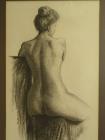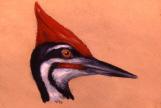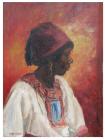1
Laing posing for a photo in his ''Shakesides'' living room.19 August 1981
Comox, British Columbia, Canada
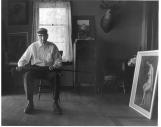
2
A common assertion among those who knew Mack Laing was that he was highly multi-talented. He managed not only to gain a reputation for himself in the ornithological world without any formal scientific training, but he was also a keen marksman, a skilled carpenter (he not only built his own house, but also made tables, stools, coat-racks, and mended any number of household objects), an amateur musician, and a gifted artist.4
Laing's gift for drawing revealed itself during his childhood, when he would make sketches of his friends. He began making drawings of bird specimens in 1903.5
Study of rear view of male, by Laing, drawn at the Pratt Institute in Brooklyn.1912
Drawn in Brooklyn, NY, USA

6
From 1911 until 1915 he attended the Pratt Institute of Art in Brooklyn. A subsequent inability to find work teaching art due to the financial shortages of the First World War led Laing to largely abandon visual arts until much later in life.7
An article by Laing, which appeared in the ''Canadian Geographic Journal'' in April 1937.April, 1937
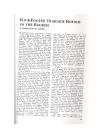
8
In Laing's later writing, however, his realism became more pronounced. This may well be due to the influence of naturalists such as John Burroughs and Theodore Roosevelt, who denounced "nature fakers" who were unfaithful to the truths of natural history.10
Laing's work from his Pratt Institute days is nevertheless testimony to his keen eye and his high level of competence as a portrait artist.11
Charcoal sketch of a horned lark, drawn by Laing at the Pratt Institute.1914
Drawn in Brooklyn, NY, USA
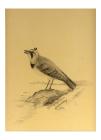
12
In Laing's visual art, as in his writing style as it developed, he rejected any work which was not strictly representational. Laing was an artistic realist, seeking to keep himself out of his work as much as possible. He desired to be faithful to nature as it was, or at least as it was perceived.13
Study of a nude woman, drawn in charcoal by Laing during his time at the Pratt Institute.1915
Drawn in Brooklyn, NY, USA
